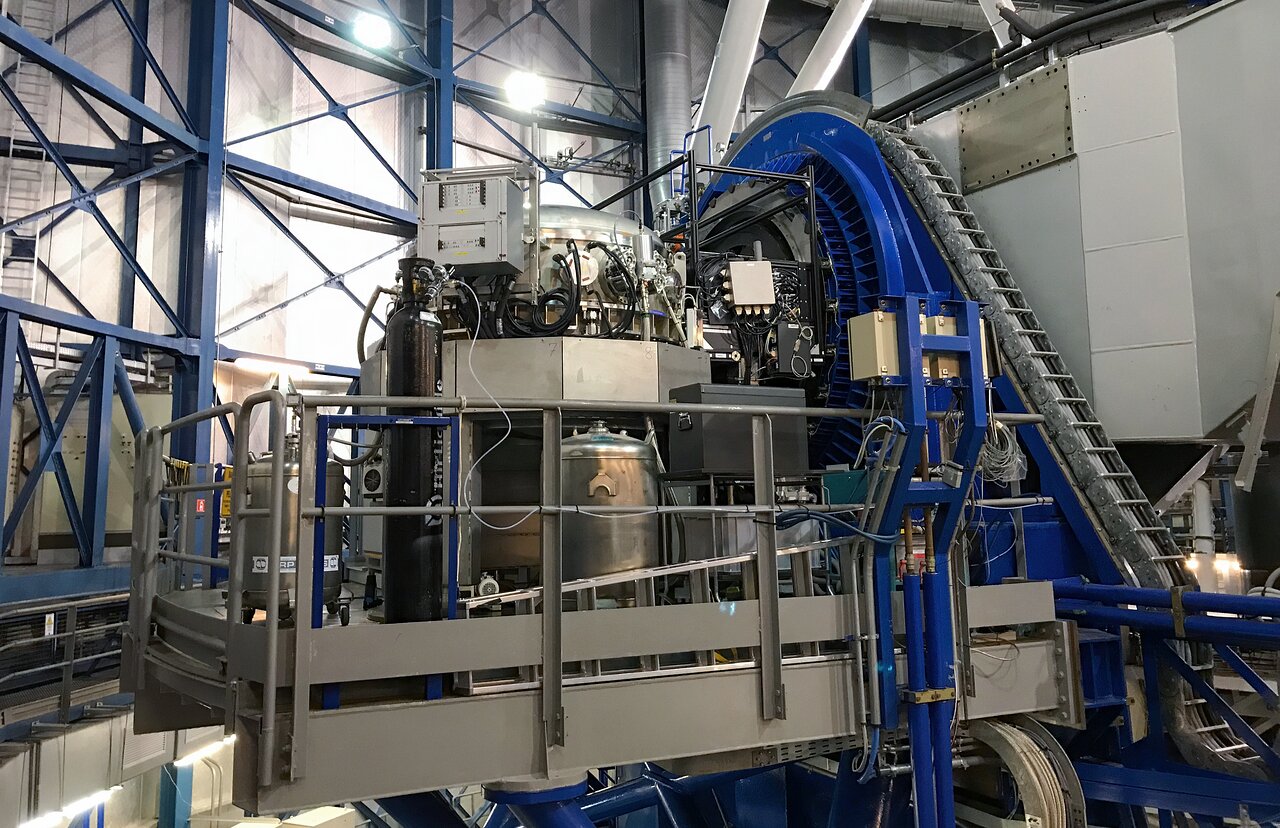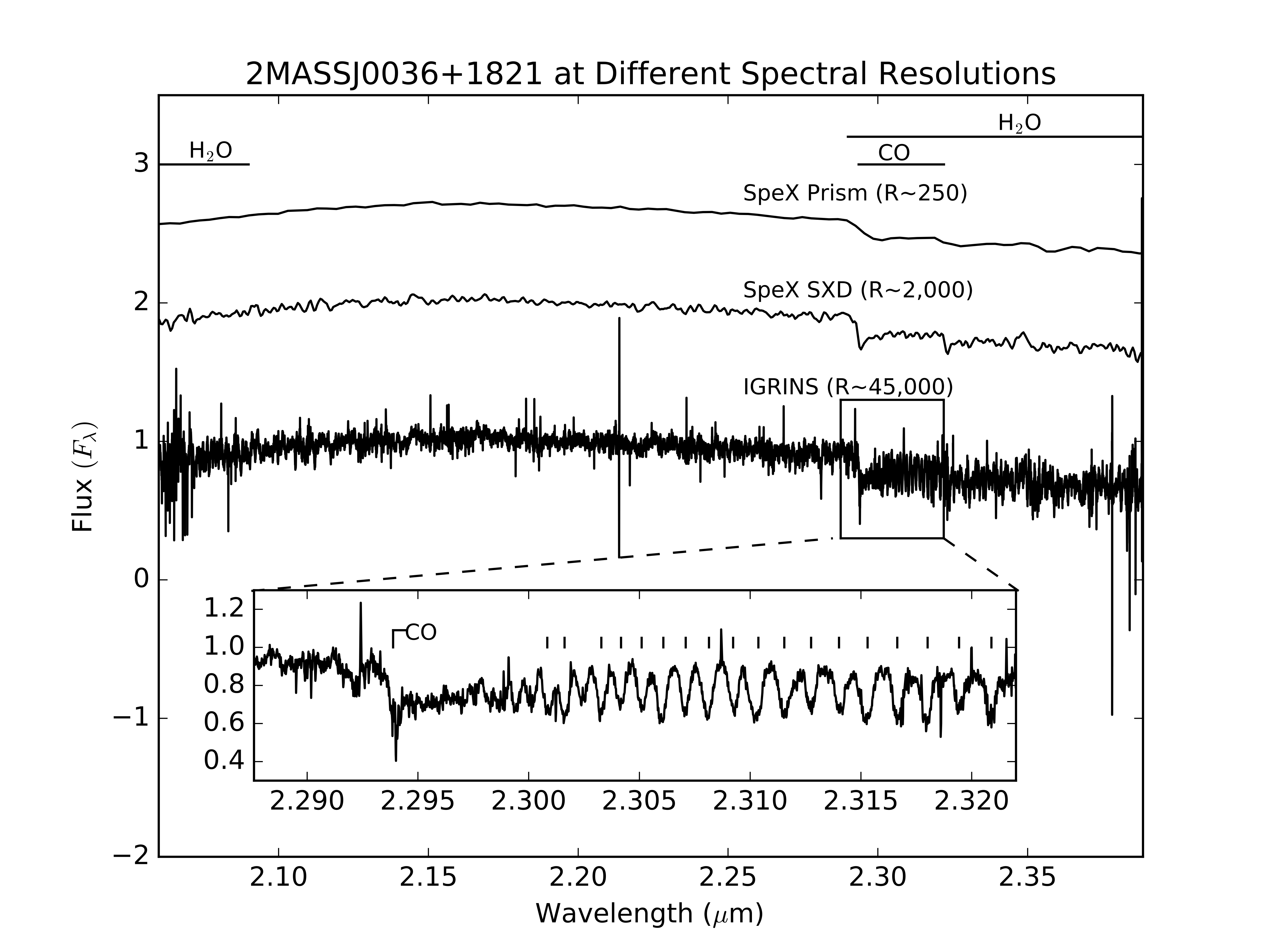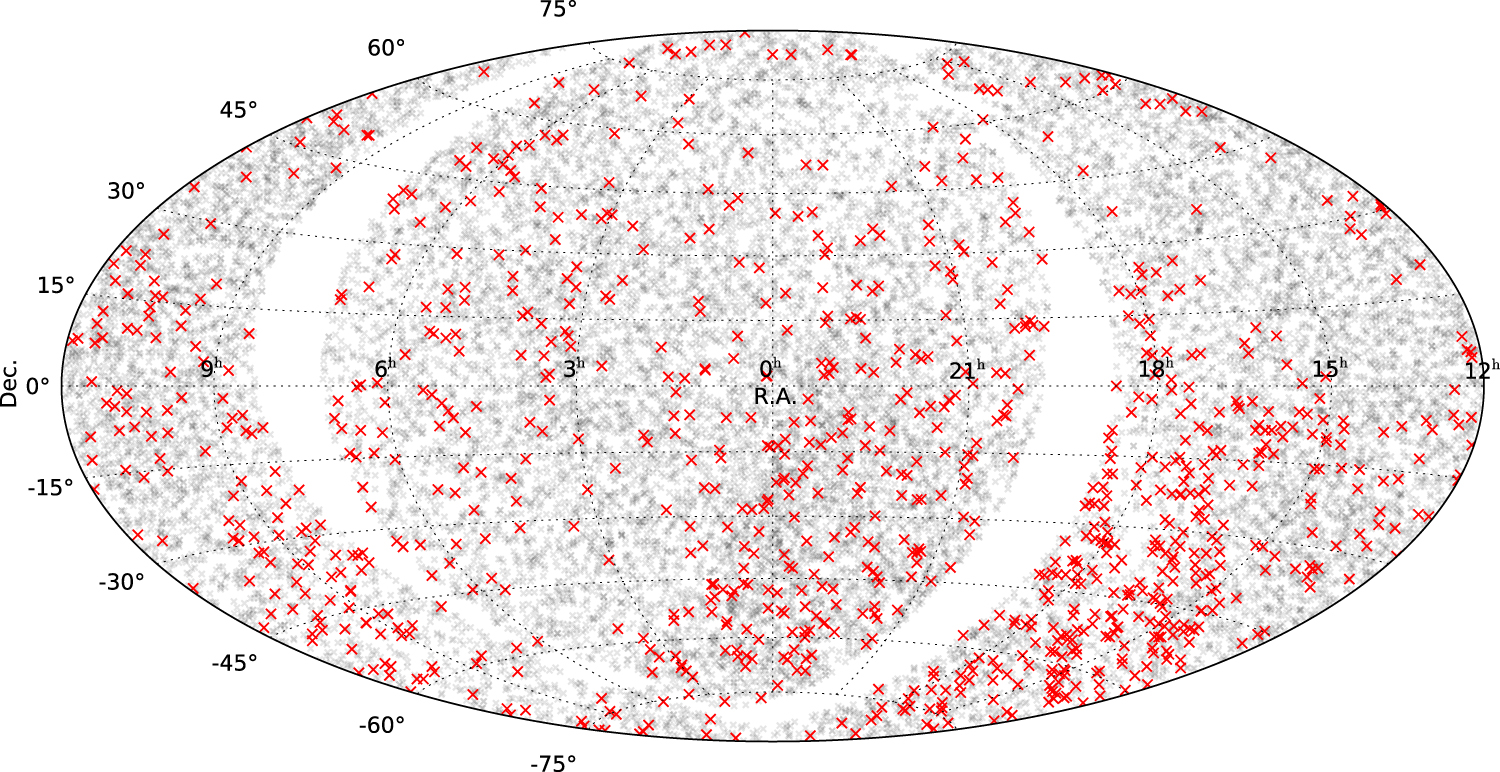Research
Exoplanet Atmospheres

CRIRES+ is a high-resolution near-infrared spectropolarimeter that will enable high resolution transimission and emission spectroscopy of exoplanet atmospheres. We are currently in the process of commissioning CRIRES+ on the Very Large Telescope (VLT) at the European Southern Observatory (ESO). We will then be using transmission spectroscopy from CRIRES+, in conjunction with new retrieval techniques, to study exoplanet atmospheres.
High-Resolution Spectroscopy of Ultracool Dwarfs

Ultracool dwarfs (objects with spectral type M7 or later) have been studied extensively using low- and moderate-resolution spectroscopy, but rarely using high-resolution spectroscopy. We have been using the IGRINS high-resolution infrared spectrograph on the Discovery Channel Telescope (DCT), to obtain simultaneous H- and K-band high-resolution (R~45,000) spectra of 32 ultracool dwarfs, with spectral types ranging from M1.5 to T5. These data represent the first high-resolution spectroscopic sequence of ultracool dwarfs. We are using these data in combination with a new generation of brown dwarf models to get more accurate measurements of properties such as surface gravity, effective temperature, and vsini values. We also observed known low gravity objects at several spectral types, which we are using to empirically search for gravity sensitive features.
All-Sky Brown Dwarf Proper Motion Search

Traditionally, brown dwarfs are found using mid-infrared colors. However, these searches tend to miss objects with unusual colors or high proper motions. Using two epochs of data from the Wide-field Infrared Survey Explorer (WISE), we conducted an all-sky proper motion search to look for nearby brown dwarfs. We found 20,551 motion objects, 1006 of which are new discoveries. The results from the survey were published here. We then conducted follow-up spectroscopy to characterize a number of our new discoveries. The paper on the follow-up observations is available here.
- © Untitled
- Design: HTML5 UP